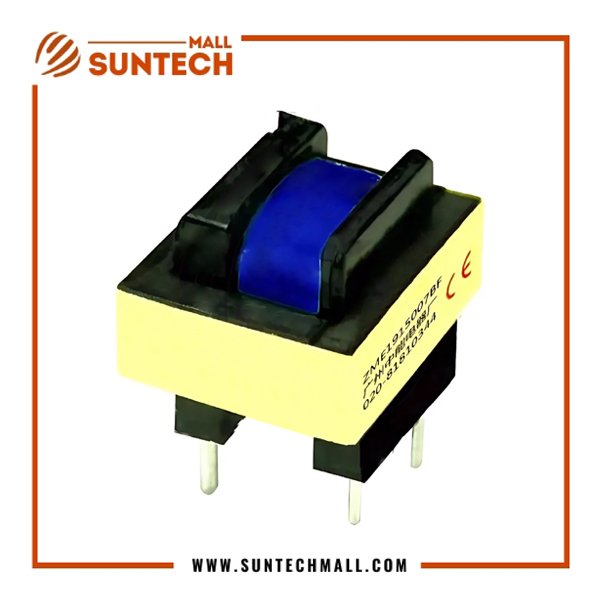
What is a 0 Ohm Resistor?
A 0 ohm resistor is a type of resistor that ideally has no resistance (or close to zero). It is commonly used as a jumper wire on a printed circuit board (PCB design resistor), allowing current to pass through without restricting it. Despite its name, a 0 ohm resistor does have a very small resistance, usually in the range of milliohms (mΩ), due to material and manufacturing constraints.
Specifications of a 0 Ohm 1W Resistor
A 1W resistor refers to its power rating, which means it can handle up to 1 watt of power before it overheats or fails. The main specifications of a 0 ohm 1W resistor include:
- Resistance Value: 0 ohms (or very close to 0)
- Power Rating: 1 watt
- Tolerance: Typically 5% (though resistance is nominally 0, tolerance is specified for manufacturing consistency)
- Material: Often made from carbon film resistor or metal film
- Package Type: Available in through-hole and surface-mount designs
- Current Rating: Can carry high currents based on its size and material
Why Use a 0 Ohm Resistor?
A 0 ohm resistor might seem unnecessary at first, but it serves many practical functions in circuit board designs. Here are the primary reasons why they are used:
1. As a PCB Jumper
In PCB design, engineers often need to connect two points while maintaining automated manufacturing processes. Instead of using a separate jumper wire, a 0 ohm jumper (resistor) is used to bridge connections efficiently.
2. Circuit Routing Simplification
PCBs often have complex layouts with multiple layers. A 0 ohm resistor allows designers to simplify the routing of traces without redesigning the entire circuit. This is useful in situations where a direct copper trace cannot be used due to space constraints.
3. Configuration & Debugging
A 0 ohm resistor is sometimes placed in circuits for future modifications. If a designer needs to modify a connection later, they can simply remove or replace the resistor instead of redesigning the PCB.
4. Standardized Assembly Process
During mass production, machines are programmed to place resistors and other components automatically. A 0 ohm resistor allows manufacturers to use the same automated process instead of requiring separate handling for jumpers.
5. Current Path Selection
Some circuits use 0 ohm resistors to enable or disable specific circuit paths, making it easier to control variations in different PCB designs without making major layout changes.

Advantages of Using a 0 Ohm 1W Resistor
Using a 0 ohm resistor offers several advantages in circuit board resistor applications:
1. Reduces Complexity
Rather than designing a custom PCB layout for every variation, engineers can use a 0 ohm jumper to modify the circuit easily.
2. Supports High Current Paths
Compared to thin PCB traces, a 0 ohm 1W resistor can handle higher currents more reliably, making it useful for power circuits.
3. Improves EMI (Electromagnetic Interference) Performance
Certain PCB layouts use 0 ohm resistors to control grounding paths, reducing EMI and ensuring better signal integrity.
4. Ease of Testing & Troubleshooting
For quality control and debugging, 0 ohm resistors can be removed to isolate circuit sections, making troubleshooting easier.
5. Cost-Effective Solution
A 0 ohm resistor is an inexpensive way to create jumpers, adjust circuit designs, and simplify PCB manufacturing without requiring extra components.
Conclusion
Although a 0 ohm 1W resistor might seem like an unnecessary component, it serves many essential purposes in PCB design resistor applications. Whether used for circuit board resistor layout flexibility, manufacturing efficiency, or debugging, 0 ohm jumpers provide practical solutions in electronic design. By understanding its resistor specifications, advantages, and real-world uses, engineers can optimize their PCB layouts efficiently.
Do you use 0 ohm resistors in your designs? Share your experiences and insights in the comments.
Follow us on Social Media: Facebook | Twitter (X) | WhatsApp | YouTube | Instagram

Our goal is to provide high-quality electronic components, circuit guides, and technical resources for engineers, students, and hobbyists.
We stay updated with the latest industry trends to ensure accurate and reliable information. Whether you need microcontrollers, sensors, resistors, or other components, suntechmall.com is your go-to source.















